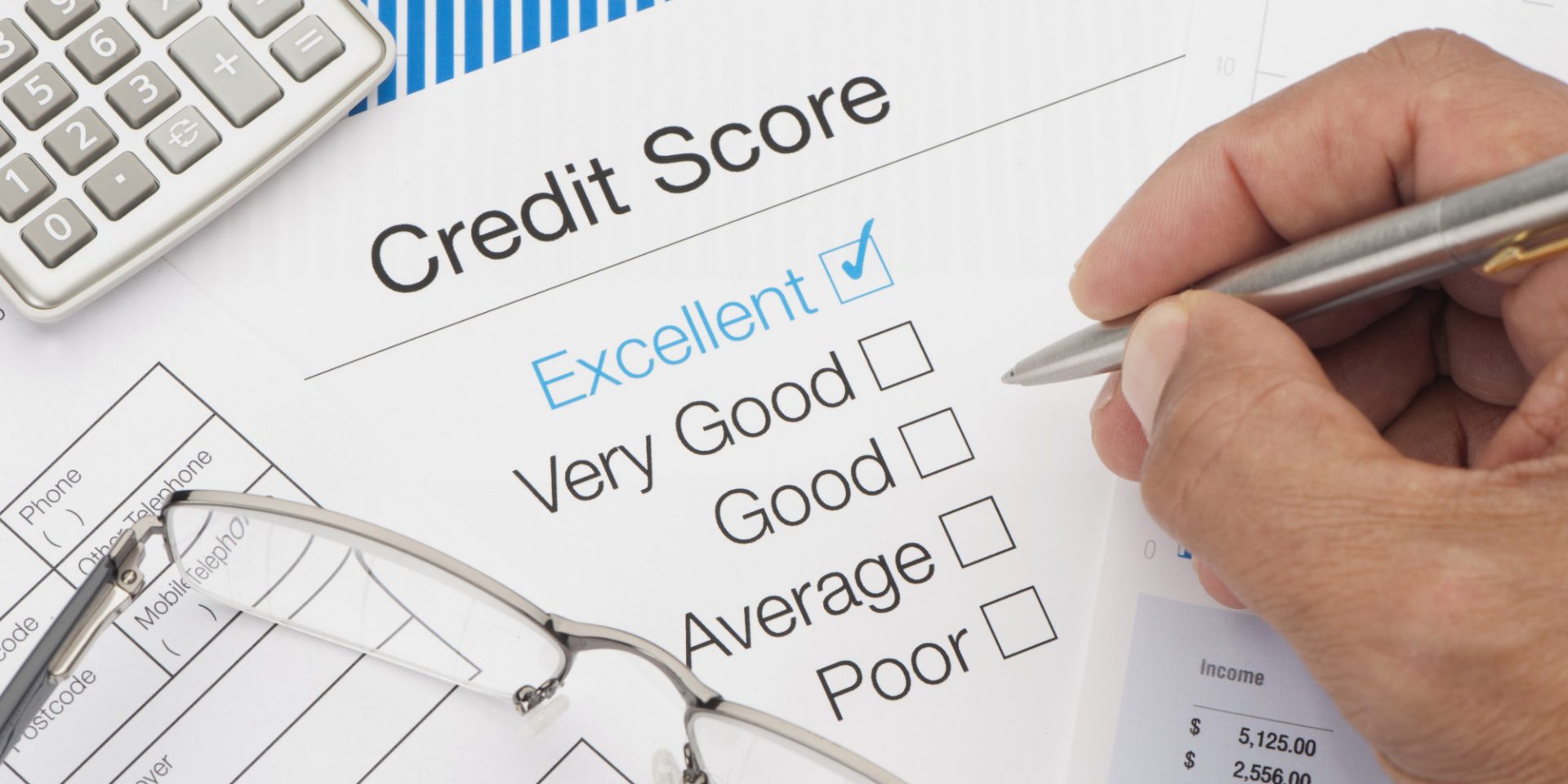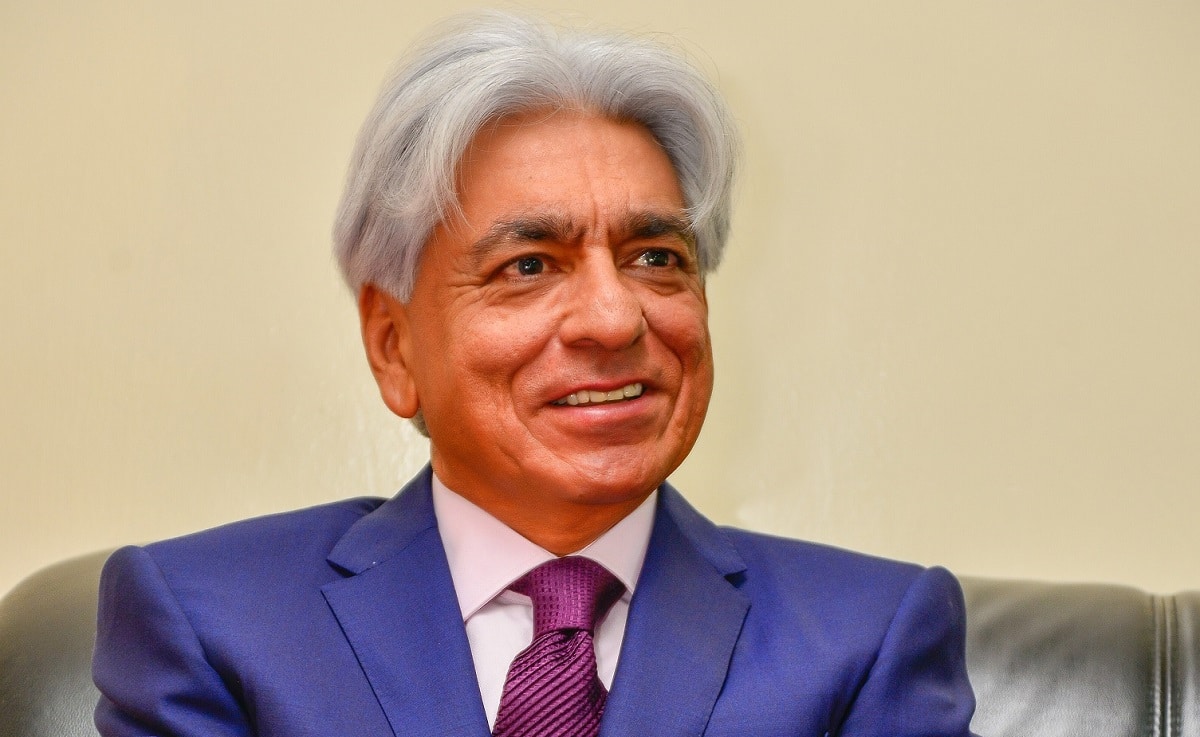As the Finance Bill 2023 moves to Parliament following the conclusion of public participation, the anticipation on what it means for the future of Digital Credit Providers (DCPs) in Kenya is growing.
How bad will it actually be for digital lenders and what does it mean for you? In this article, we break down the tax changes introduced by the Bill on DCPs and how they are going to affect you.
What’s Changed
Under the Bill, DCPs will from July 1, be required to pay 20% excise duty on “any amount charged in respect of lending.”
This means that unlike the current tax regime where all financial institutions already pay this 20% duty on “fees”, DCPs will also start paying the 20% tax on interest charged on a loan.
This change is supposed to only apply to DCPs and not to other lenders (commercial banks, MFBs, SACCOs or non regulated MFIs). For everyone else, interest charged and returns on loans are specifically exempted from excise duty.
READ>Inside Family Feud Rocking Naivas Empire
What’s the Big Fuss About?
In the past, excise duty has been paid by all financial institutions in Kenya but only on their fees, not interest.
Fees are the charges associated with the cost of processing a loan and are either deducted before disbursement or paid by the borrower upfront. The most common are application or processing fees.
Interest, however, is the cost of borrowing the money and traditionally hasn’t been taxed in Kenya. Nevertheless, all financial institutions pay the usual corporate income tax.
This matters because interest income can be unreliable. It is only earned if the borrower pays the lender back the loaned money. Interest income is usually only taxed as Corporate Income Tax which is usually after the interest has been received by way of borrowers paying back what they owe.
But under the Finance Bill 2023, DCPs will be required to pay excise duty on interest income. The tax is earned at the point of disbursement, meaning the lender will have to pay it, even if the user defaults.
Default rates on initial loans in Kenya for digital lenders are as high as 35%. This means that digital lenders often already lose money on their first loans to users – putting more pressure on a sector that’s been in flux for over three years since the Covid Pandemic struck.
Prior to this tax proposal, very few digital lenders would have paid any excise duty as they classified all of their costs as interest income.
Does it Really Matter?
The average interest rate charged on a 30-day digital loan ranges from 20% to 30% depending on the perceived risk profile of the borrower.
This means that for a Ksh1,000 loan, the new excise duty will be between Ksh40 and Ksh60. That is, if you apply for a Ksh1,000 digital loan from July 1, you will likely receive Ksh940 even though you will pay interest on the full Ksh,1000.
It is almost guaranteed that lenders will pass it onto the end user as a deduction on the take-home amount, since the tax is charged upfront. And because the tax is expressed as a percentage, the impact will be felt most by users taking the most expensive digital loans.
If the proposed changes sail through and lenders pass over the cost to consumers, the average short-term digital loan in Kenya will become 0.8% to 1.9% more expensive. This is because you will be paying, for example, 20% interest on your loan of Ksh1,000 (Ksh200), but only receiving Ksh940 to use.
With the average digital loan user taking over eight loans per year, at the upper range (30%), a customer could be paying Ksh4,800 extra in total over the course of the year – in the unlikely scenario the borrower didn’t increase their loan amount and kept borrowing Ksh10,000 each time.
The increased cost is even higher as the principal amount increases. Borrowers will have to be more keen on loan amounts, interest and penalties, and can use loan comparison tools such as Money254.
But, Who Does this Apply to?
The biggest argument raised by DCPs is that the amendment is unfair because it is specifically targeted at DCPs and doesn’t apply to other institution types.
The Digital Credit Provider (DCP) is a new institution type introduced in 2022 with over 400 licence applications submitted since March 2022. Only 32 licences have been issued to date.
According to the CBK Act (CAP 491), a “digital credit provider” means a person or organisation licensed by the CBK to provide credit facilities or loan services through a digital channel such as the internet, mobile devices, computer devices, applications or any other digital system as may be prescribed by the regulator.
The institutions covered in this group include not only what most Kenyans typically think of as digital lenders but also microfinance institutions that provide financing to businesses and users who likely don’t qualify for bank financing.
The implications here are twofold. One, the tax will apply to some digital loans (DCPs), but not those offered by commercial banks such as M-Shwari, KCB-MPesa and Fuliza.
Second, it’s not just app-based digital loans that are affected. Microfinance institutions such as Ngao and Jijenge Credit were among the first 30 DCP licensees.
These MFIs offer consumers and small businesses loan amounts that are much larger than the amounts that would usually be associated with ‘digital lenders’. It is expected that a significant number of microfinances will follow in the anticipated future waves of DCP licence approvals.
Shrinking Financial Inclusion?
With World Bank 2021 data indicating that only about 50.57% of Kenyans have bank accounts, digital lenders play a crucial role in increasing access to credit to millions of Kenyans outside conventional credit markets.
In the last 11 years when the first digital loan – M-Shwari – was launched, and from as early as 2018, digital credit has grown exponentially to become the largest credit market in the country in terms of the total number of borrowers.
According to a 2021 study published in PLOS One, a peer-reviewed open access journal, borrowers of digital credit in Kenya are most likely to make their main income via casual work (21%) as compared to those who borrow from formal institutions.
They are also less likely to be employed (24%) as compared to those who borrow from formal credit institutions (35%).
“These differences suggest that digital credit is, in fact, used by those who are less likely to obtain formal credit due to low and irregular income,” the study report reads in part.
According to the report, the introduction of digital credit is responsible for a “strong increase in access to credit” for Kenyans who have limited access to semi-formal or formal credit due to education, gender or income challenges.
Given that the majority of Kenyans depending on digital loans, according to FSD Kenya, use the funds majorly as working capital for their small businesses and to support day-to-day consumption needs, an increase in costs could be detrimental to their livelihoods.
“The most affected are going to be informal sector entrepreneurs; mama mbogas, boda boda riders, traders, micro and small enterprises – Kenyans who weren’t able to get loans from banks a few years ago. Over 8 million Kenyans who rely on our loans every month are going to be negatively affected,” says Digital Financial Services Association of Kenya (DFSAK) chairman Kevin Mutiso.
Formally employed Kenyans, casual workers and dependents largely borrow to finance their day-to-day needs. Those who run their own small companies, including agri-SMEs, borrow for business reasons with working capital being the single most common use case for digital credit.
What are Digital Lenders Looking For?
Digital lenders are not particularly opposed to the tax. They are against being singled out as the only financial institution type being impacted by this tax.
DFSAK has described the proposed changes as “discriminatory” given that only the prices of loans offered by DCPs are going to rise directly as a result of this additional tax, while other financial institutions will not have to bear similar costs.
They argue that this may potentially hinder their ability to effectively compete with the banking sector due to additional tax costs. This, they say, could also lead to an increase in the pricing of banking industry lending products as DCPs struggle to compete.
They say the changing tax policy is also affecting the ability of the digital lending industry to grow through raising funds to, among other things, introduce new services including digital savings, digital investment and digital insurance platforms.
“The unpredictability of our tax policy makes it very difficult for investors to make decisions. In digital lending for example, we have investors who want to deploy large sums of capital every year.
“But because of the unpredictability, every year they pull back. You could have had five or 10 businesses growing but we haven’t seen any growth because tax and unpredictability of the market keeps holding us back,” Mutiso adds.
DFSAK members see this move as unfair, given that they take a large amount of risk to lend to customers that other institutions won’t.
In their submissions to the Finance Committee of the National Assembly, digital lenders called for a level playing field that ensures all financial institutions face the same cost of credit.
Their plea, either all financial institutions are compelled to also pay the same tax as DCPs or the tax is removed and all lenders continue being subject to the current tax regime where interest and returns on loans are exempt from excise duty.
“A fair playing field, we just want to pay the same taxes as everyone else. This is the same product, same channel, same tools being used to do credit scoring and KYC verification. The only difference is the entity that’s issuing. That’s not fair,” says Mutiso.
NEXT>Safaricom Partners With Kenya Water Institute To Deploy Smart Water System













Leave a comment